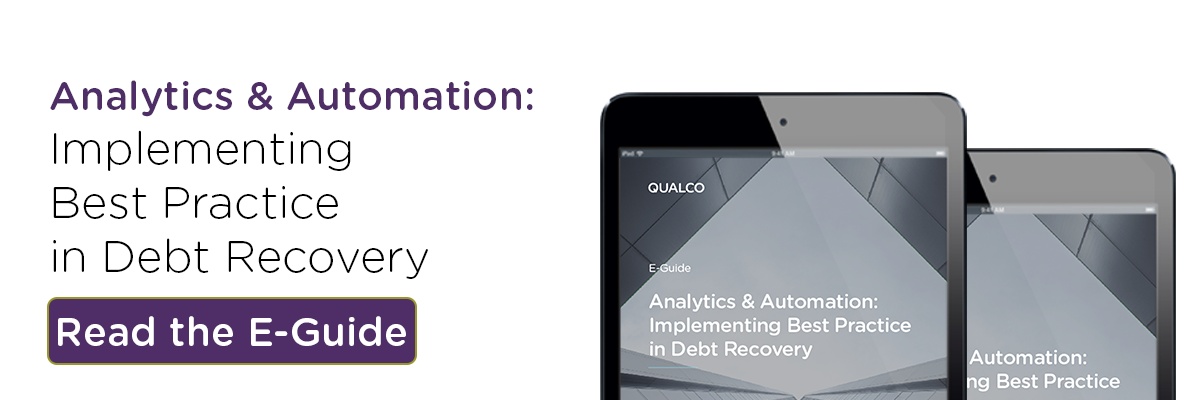Prescriptive Analytics: The Next Frontier?
QUALCO |
The growing volumes of data amassed by collections operations, plus advances in analytical capabilities, mean prescriptive analytics will become standard decision-making tools in the day-to-day business environment.
Analytic capabilities in collections are evolving – with firms amassing more data and making smarter decisions on how to manage their portfolios.
In the past, debt collection was a largely manual process supplemented by data. Now, processes are governed by data and analytics and can be increasingly automated.
In both descriptive analytics and predictive modelling, technology can now offer more sophisticated techniques that need less manual effort to yield interpretable results. Analysts no longer need to focus on herding the data through the systems; they can concentrate on the causes behind the findings generated.
This allows organisations to use analytics for a much wider range of problems – from day-to-day operational issues all the way to large-scale, long-term strategic decision-making. These advances are driving a push to move from descriptive and predictive analytics to ‘prescriptive’ analytics.
Essentially, prescriptive analytics means automated decision-making (with appropriate human controls in place). This technology is in its infancy but should develop significantly over the next couple of years. The ultimate aim of analytics is to fully automate and continuously optimise: providing systems that automatically tweak everyday decisions taken on a per-customer basis.
In the collections space, this would include decisions such as optimising call times and frequencies, outsourcing, and the triggering of legal action, with clearly defined objectives. Using automation to decide who to call and collect from should substantially increase productivity, at the same time as giving collectors all the data they require through a user-friendly interface.
This means encoding business rules and constraints that are currently only partly encoded in operations systems, allowing systems to understand all the options for each customer.
Lenders and collections teams have traditionally bolted analytical tools onto their main strategies, using them to test ideas, segment accounts and validate approaches. Instead, we believe operations and analytics should be seen as parallel, “horizontal” streams that interact to benefit each other throughout the credit lifecycle.
For more information read our E-Guide: Analytics & Automation: Implementing Best Practice in Debt Recovery.

